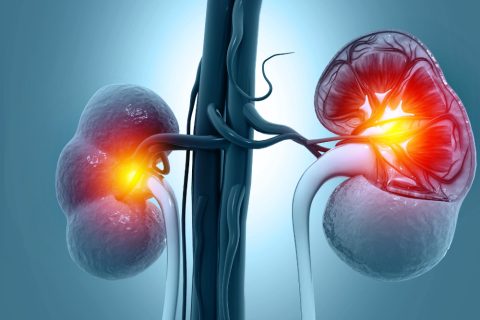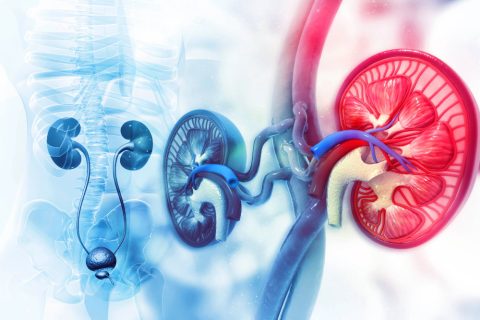ENDOUROLOGY
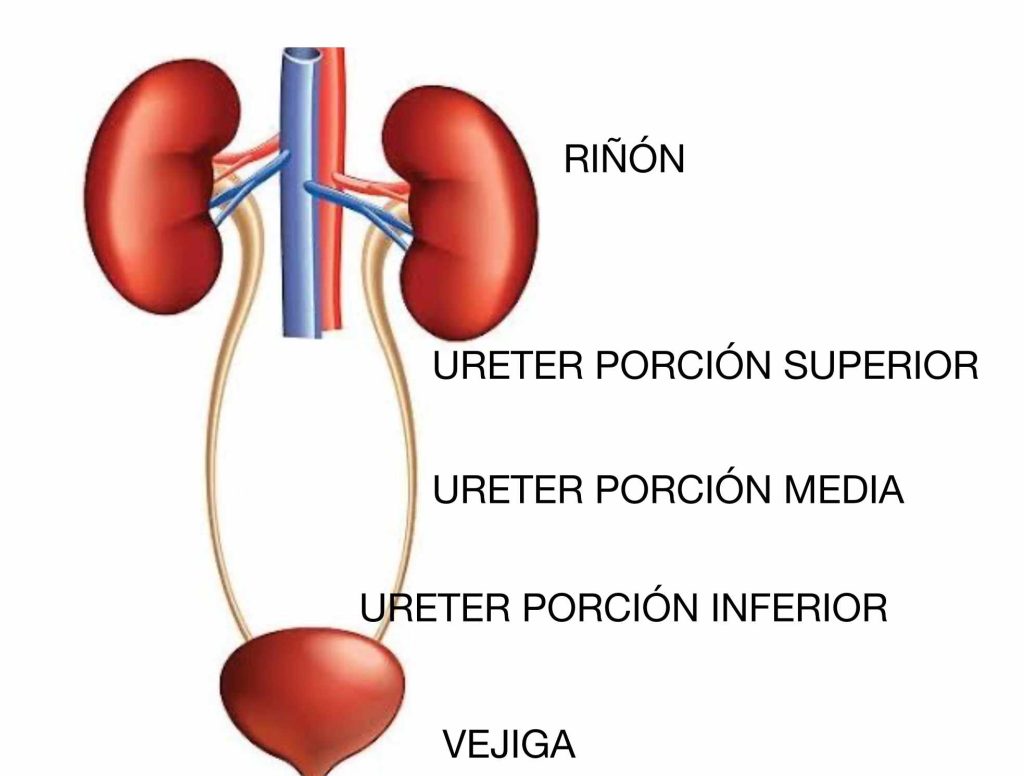
1.- HOW ARE STONES OF 1 CM OR SMALLER TREATED?
This type of condition is treated through Endoscopic surgeries (surgery without incisions), and the treatment to be offered depends on the location, whether the stone is in the upper urinary tract (kidney and upper ureter) fig 1.1, lower urinary tract (middle ureter, lower ureter, and bladder) fig 1.1
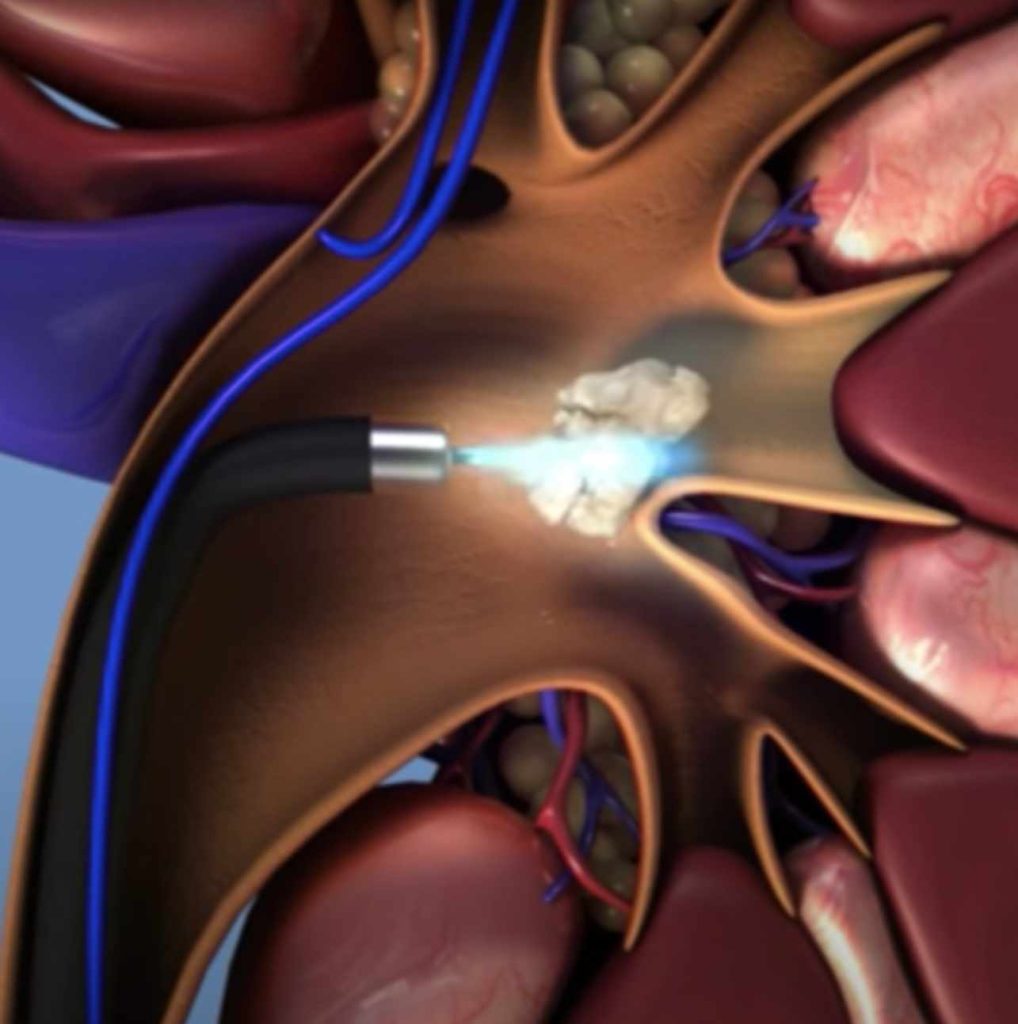
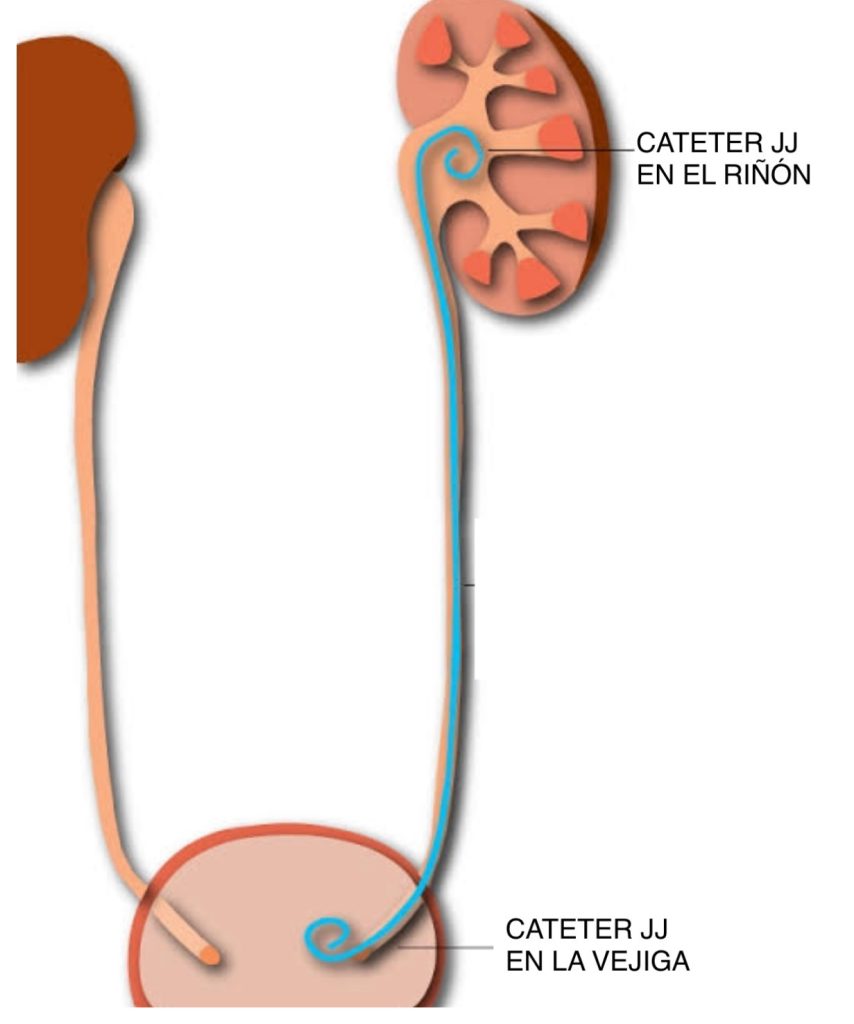
2.- CALCULI IN THE UPPER URINARY TRACT.
It is recommended to perform a procedure called flexible ureteroscopy with laser (Fig. 2.1). This involves introducing an instrument called an endoscope (camera) through the urinary orifice to locate the calculus. Subsequently, a laser fiber is inserted to pulverize, rather than fragment, the calculus. This is done to avoid leaving large fragments that could obstruct the urinary tract and cause pain.
A small sample will be taken for laboratory analysis to determine the exact composition of the stone, with the aim of preventing future recurrences.
The duration of the surgery is approximately 1-2 hours.
At the end of the surgery, a JJ catheter (stent) will be placed to reduce inflammation in the urinary tract and facilitate healing (Fig. 2.2).
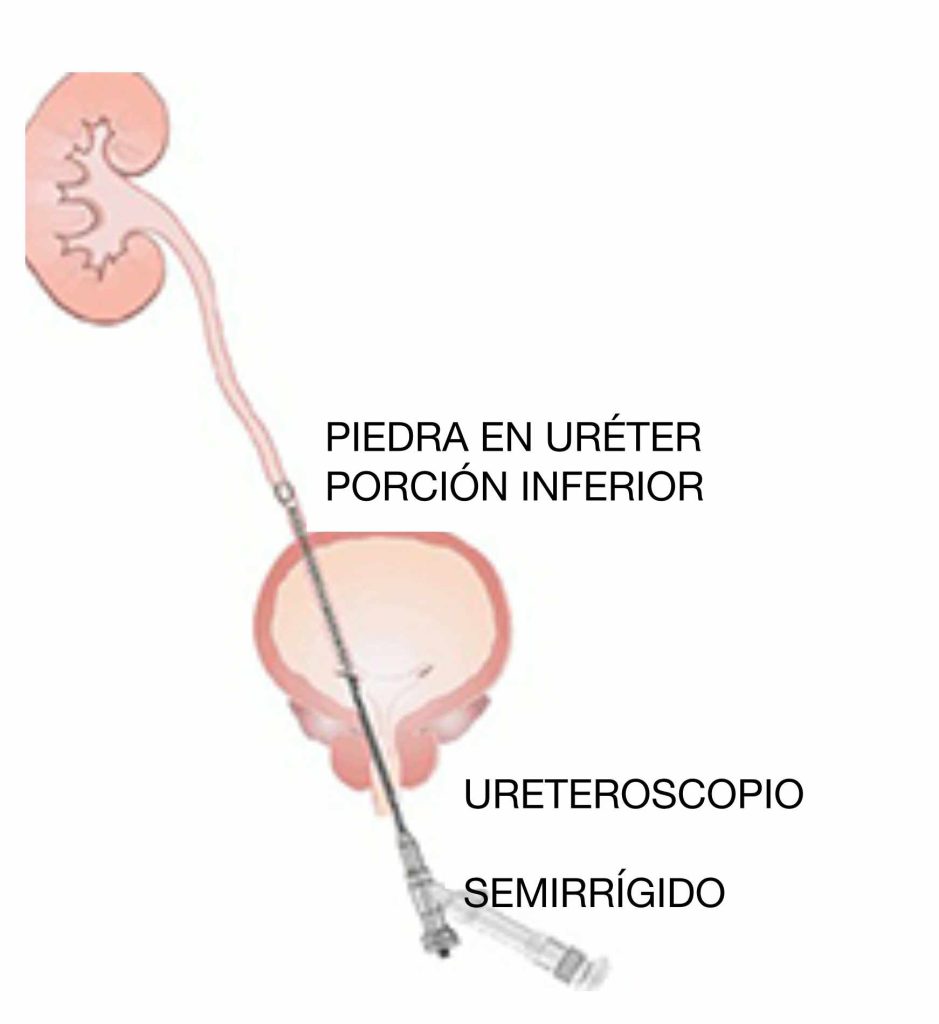
3.- STONES IN THE LOWER URINARY TRACT.
Stones located in the middle and lower portions of the ureter are treated differently from those in the bladder (Fig. 1.1).
Stones found in the middle and lower portions of the ureter will be treated by introducing a different instrument than previously explained. In this procedure, a laser fiber is also used through the urinary orifice. Once the stones are located, they will be pulverized (Fig. 3.1), and the composition of the stone will be analyzed. At the end of the surgery, a JJ catheter (similar to the flexible ureteroscope described in point 2) will be placed (Fig. 2.2).
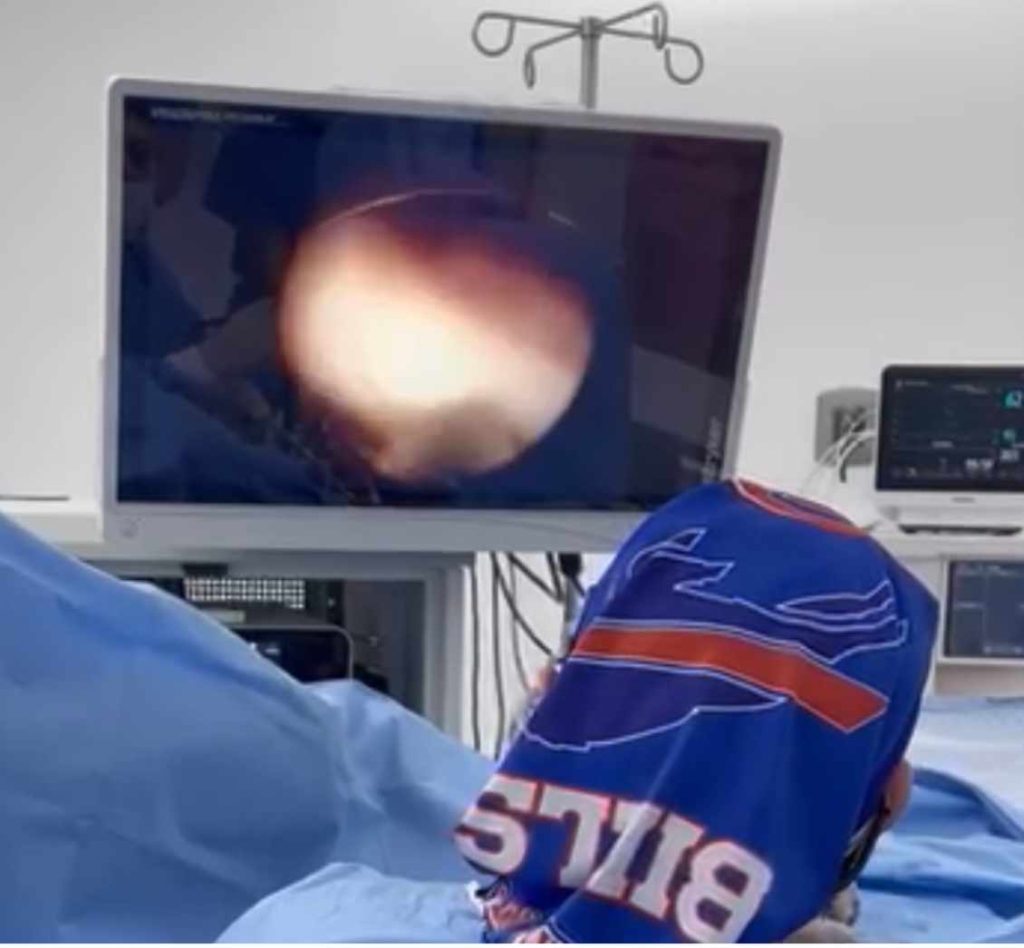
4.- SPECIAL CASE: BLADDER STONES – LOWER URINARY TRACT.
As mentioned in the previous section, bladder stones are treated differently despite belonging to the lower urinary tract.
In this case, the stones can be quite large due to the shape of the bladder. However, this does not mean they are difficult to treat. On the contrary, because there is ample space, the introduction of endoscopic instruments is simpler. Once the stone is located, it will be pulverized with the laser, and, as in previous cases, the composition of the stone will be analyzed (Fig. 4.1). At the end of the surgery, a urinary catheter will be placed, which will be removed the next day. In these cases, the placement of a JJ catheter is not necessary.
5. Hospital Stay.
“The patient will be transferred to the recovery area immediately after the surgery, where they will stay for approximately 2-4 hours. Afterward, they will be moved to their room, where they will begin a soft diet and clear liquid intake. Additionally, they will remain in relative rest for 24 hours.”
The next morning, the patient will receive a follow-up visit where postoperative pain and any discomfort while urinating will be assessed. Typically, patients who undergo surgery with us are discharged with the following recommendations:
- Rest at home for 7 days.
- Rest from work-related activities for 14 days.
- Drink 3 liters of water daily. This is to help flush the urinary tract and prevent bleeding.
3. FREQUENTLY ASKED QUESTIONS
1. When will the JJ catheter be removed, and in the case of surgery for bladder stones, when will the urinary catheter be removed?
The JJ catheter is removed 7-10 days after surgery, and it is an outpatient procedure (the same day the catheter is removed, the patient goes home).
In the case of surgery for bladder stones, the urinary catheter will be removed the day after the surgery before being discharged.
2. Is it normal to experience bleeding during urination?
Yes, this is completely normal. Patients often report it as being the color of watermelon and it gradually clears up. In some patients, it may not resolve until the JJ catheter is removed.
3. What discomfort can I expect from the JJ catheter?
The most common discomforts include colicky pain on the side of the catheter, frequent trips to the bathroom, the sensation of incomplete emptying after urination, blood in the urine, and a burning sensation while urinating.
Please note: This text and recommendations are for patients undergoing laser surgery with us, as the recovery experience can be very different and may vary for other types of surgery.
Additionally, it’s advised to avoid irritants in your diet such as spicy foods, coffee, and heavily seasoned meals, as well as alcoholic beverages.


Other Endourology Procedures

